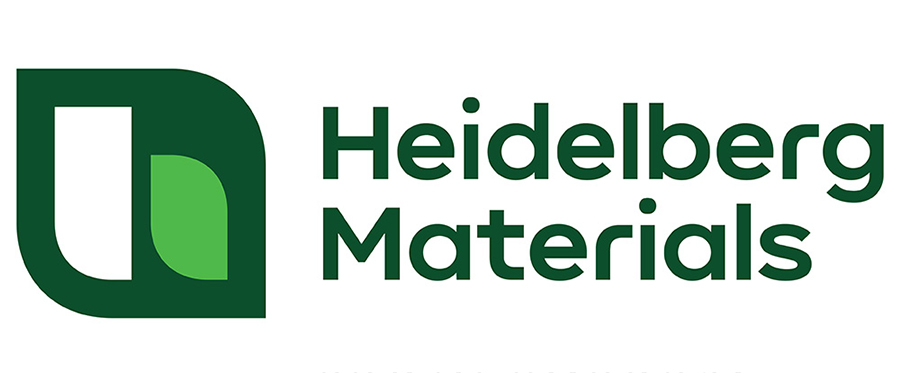Tips & Guidance
In addition to specifying Heidelberg Materials' cement for your next project, below are some tips, job site reminders and helpful links for best color uniformity to ensure satisfaction with your colored masonry project.
Helpful Links
ASTM C91, Standard Specification for Masonry Cements
ASTM C270, Standard Specification for Mortar for Unit Masonry
The Brick Industry Association
For more information on the Portland Cement Association's Trowel Tips, click here.
Jobsite Reminders for Best Color Uniformity
- Sample strips are not to be used for final color selection or approval. For final color approval, always build a sample panel in accordance with project specifications.
- Follow accepted, good masonry construction practices
- Use a clean masonry sand meeting ASTM C 144, which is consistent in color. Use sand from the same source throughout the project. Maintain the same mix proportions for each batch.
- Tool all joints when they reach the same degree of hardness.
- Protect all job site materials from the weather by covering with water-resistant materials
Never re-temper colored mortar. Additional water will affect the final color. - The use of admixtures is not recommended and may cause variations in the final color.
Mix all materials 5 minutes in a mechanical mixer. Hand mixing will not fully develop the final color.
*Variations in job site mix proportions, temperature, moisture, sand, tooling and cleanup can cause inconsistencies in the color of the finished mortar.
Mixing Instructions
MASONRY AND PORTLAND & LIME BLENDS:
Each bag of Lehigh Masonry or Portland & Lime Blended Cement should be mixed with the appropriate volume of sand and water, as per ASTM C270. Place approximately one-half the estimated amount of water
into the mixer, followed by one-half of the sand, and all of the cement. Add balance of sand and gradually add remaining water to obtain the desired working consistency. Mix all material 5 minutes in a mechanical mixer.
PORTLAND CEMENT:
Proportion and mix according to project specifications.

COMPRESSIVE STRENGTH TESTING:
ASTM C270 is a laboratory specification utilizing a prescribed volume of water to evaluate the compressive strength of mortars. ASTM C780 is a field specification and should be utilized to evaluate mortars mixed in the
field. Compressive strength results of field mortars utilizing ASTM C780 cannot be compared to the listed minimum compressive strength values given in Table 1 of ASTM C270.
Walls should be cleaned with a mild detergent or proprietary cleaner. Cleaning materials shall be in accordance with the manufacturer’s recommen¬dations. Test all cleaning materials on a sample panel before use. Do not clean colored mortar joints with acid as it will loosen pigments and expose sand grains. Sample panels require 7 to 21 days for complete hydration to occur depending on weather and site conditions. Do not clean panel for a minimum of 7 days after construction.

